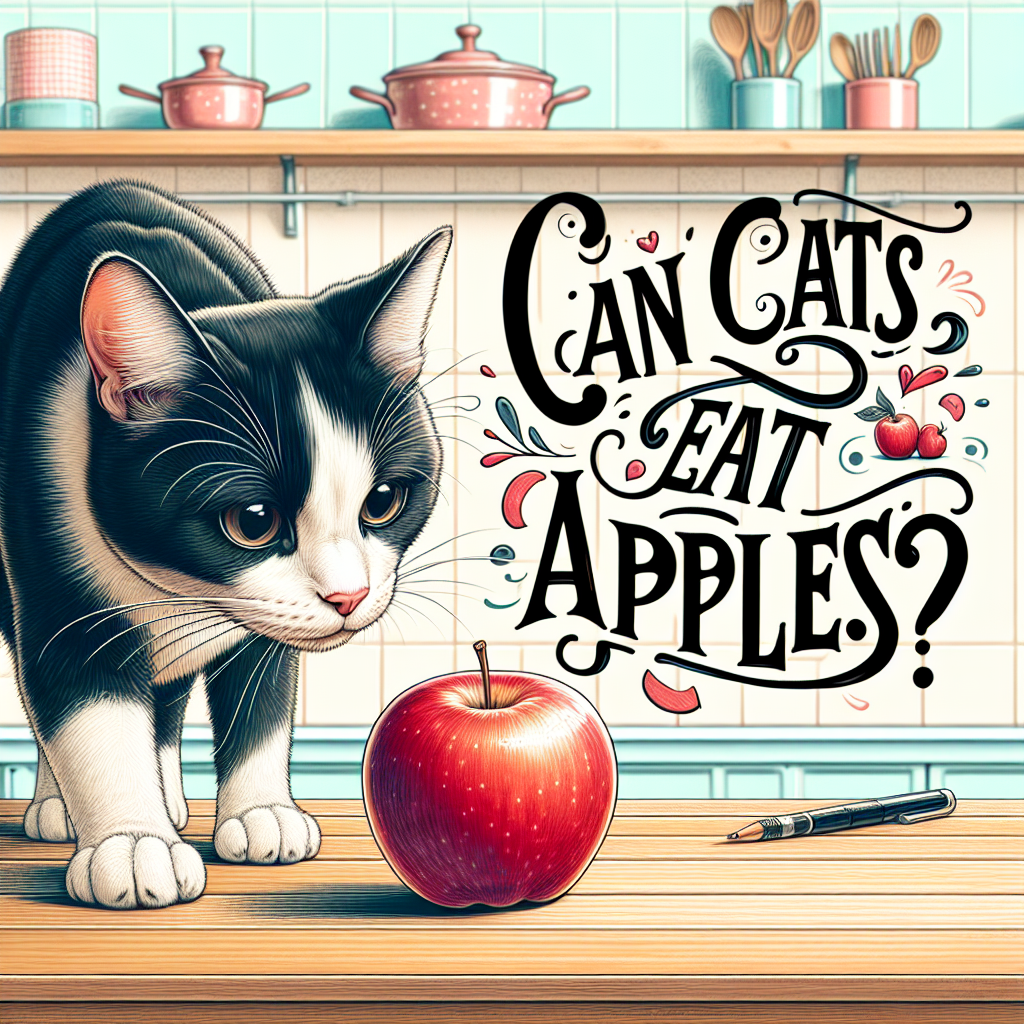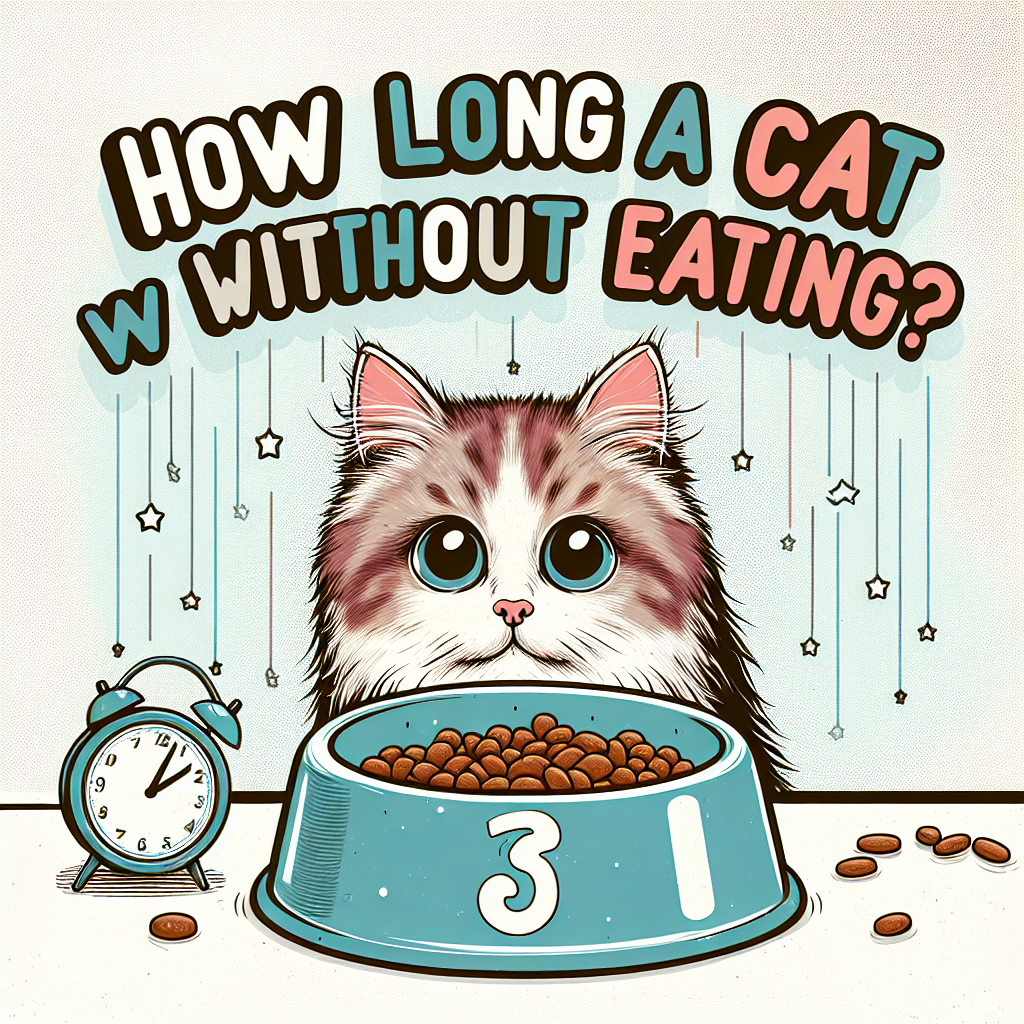Understanding When Cats Stop Growing: A Guide for Cat Owners
As a new cat owner or a seasoned feline enthusiast, one question that may be lingering in your mind is: “When do cats stop growing?” Understanding your cat’s growth pattern can help you provide better care, maintain a healthy weight, and avoid common health issues. This article delves into the stages of cat growth, the factors influencing their growth, and what to expect as your feline friend matures.
Growth Stages of Cats
Cats experience several growth stages during their early life, much like humans. Here’s a breakdown of these stages:
-
Kittenhood (0-6 months):
- This is the most rapid growth phase for kittens. Within the first few weeks of life, kittens double their birth weight and continue to grow at an impressive rate. By the age of 8 weeks, most kittens adopt a playful and curious demeanor, enticing you with their antics.
- Nutritional needs during this period are critical as proper feeding can impact their health and growth. Kittens typically require a diet that is high in protein and calories.
-
Juvenile Stage (6-12 months):
- As kittens transition into their juvenile stage, their growth rate begins to slow down, but they still gain weight and height. Most cats reach about 80% of their adult height by the time they’re six months old.
- This stage is characterized by increased energy levels and playfulness. Owners often notice their cats becoming more independent but still require plenty of mental stimulation and social interaction.
-
Adolescence (12-24 months):
- Cats typically reach their full height between 12-18 months, although some may continue to gain weight and muscle mass until they’re about two years old. Male cats often take a bit longer than females to reach their full size.
- At this stage, your cat may exhibit more adult behaviors, though playful tendencies may still linger.
- Maturity (2 years and older):
- Once cats surpass their second birthday, their growth significantly slows down, and they begin to fill out rather than grow taller. Most domestic cats reach their adult size and weight by 18-24 months.
- Factors like breed and genetics play a significant role in the final size and shape of your cat.
Factors Influencing Growth
While there are general trends in cat growth, various factors can influence when a cat stops growing:
-
Breed: Different cat breeds have different growth timelines. For example, larger breeds like Maine Coons may take up to five years to reach their full size, while smaller breeds like Singapura may reach their adult size more quickly.
-
Nutrition: A balanced diet is crucial in ensuring healthy growth. High-quality kitten food, rich in essential nutrients, proteins, and fats, supports your kitten’s rapid growth in the first year.
-
Health Factors: Health issues can affect growth rates and development. Kittens with underlying health conditions or those who haven’t received proper veterinary care may experience stunted growth.
- Spaying/Neutering: Early spaying or neutering may impact growth rates slightly. Such procedures tend to be performed around 6 months of age, and studies have shown that spaying or neutering can affect muscle development and growth hormone levels.
Signs Your Cat Is Fully Grown
-
Weight Stabilization: One of the best indicators that your cat has stopped growing is when its weight stabilizes. Monitor your cat’s weight and compare it to the general growth chart for its breed.
-
Decreased Energy Levels: As cats mature, their energy levels may moderate. A young, rambunctious kitten will likely calm down as it becomes an adult cat.
- Behavioral Changes: Adult cats may exhibit more independence and fewer playful outbursts compared to their younger counterparts.
Conclusion
In summary, cats typically stop growing in terms of height and length between 12 to 18 months but may continue to gain weight and muscle mass until around 2 years of age. Factors such as breed, nutrition, and overall health play significant roles in their growth and development. As a responsible pet owner, understanding your cat’s growth trajectory enables you to provide the best care possible, ensuring your feline friend lives a long, healthy, and happy life.




